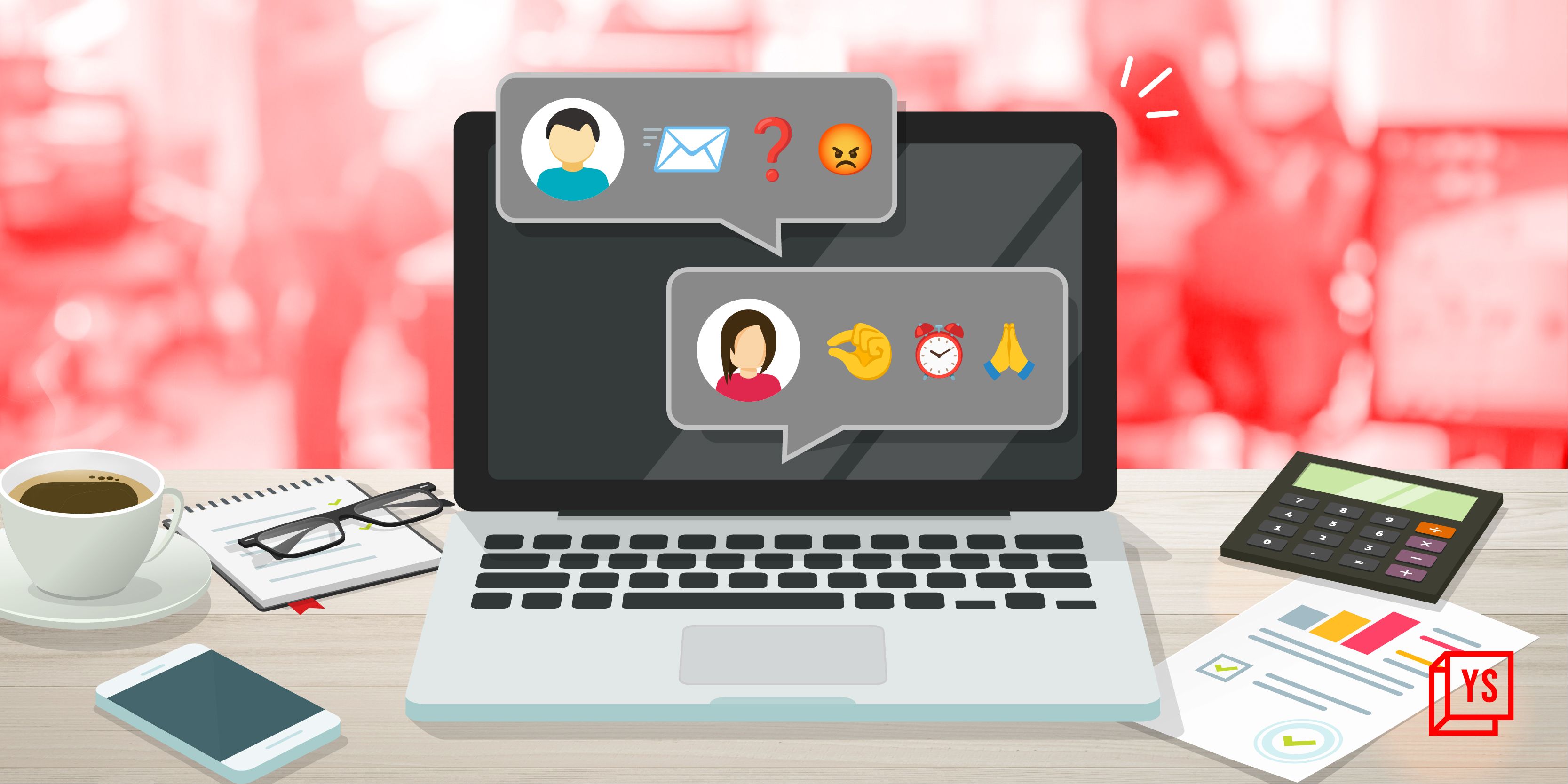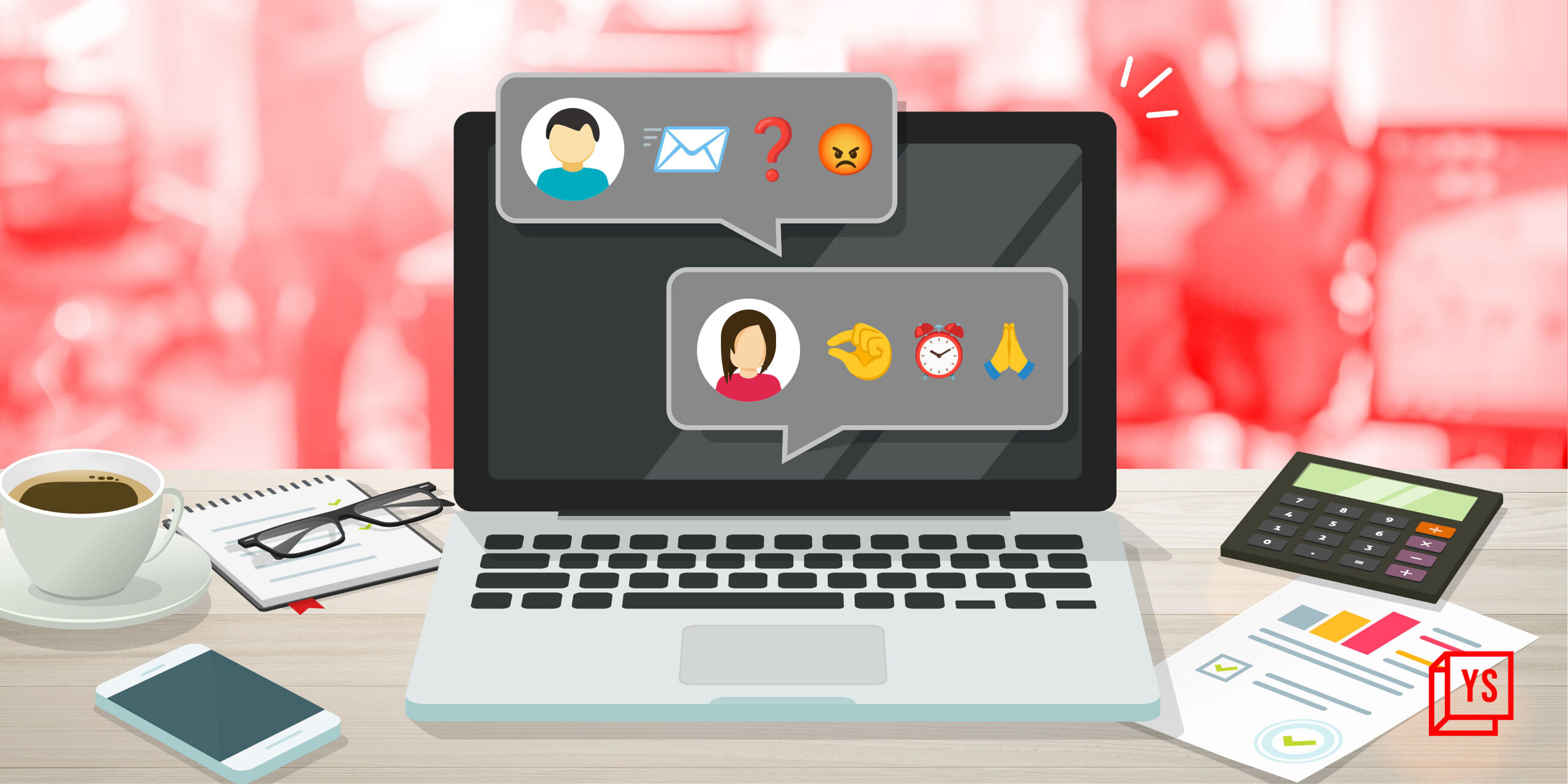
Looking at your phone first thing in the morning to see an emoji of a sunflower, a coffee cup, and the rising sun, followed by a message from your manager that lets you know the long weekend has come to an end, puts you in a state of confusion—where you don’t know whether you really are motivated by it or do you still miss the amazing time spent through the vacation.
Emojis play a significant role in workplace communication by adding emotional context, conveying tone, and enhancing the overall clarity of messages. However, it’s important to use emojis judiciously in professional settings, as their interpretation can vary.
What’s suitable in one workplace might not be in another. It’s essential to consider your company’s culture and norms when using emojis in work-related communication.
The ambiguity of emojis can complicate interpersonal communication, particularly in a professional setting, as what one person perceives as a casual smirk emoji might be offensive to another.
This range of change in interpretation underscores several challenges many individuals face when using emojis to convey their intended message effectively.
A notable part of modern workplace communication
Every workplace engages in different platforms of communication, and most of them do have emojis available for use. And, the usage of the same is mostly welcomed even in formal and professional group chats as well.
Now, the question is—how much weightage does an emoji carry compared to words, especially in scenarios of agreeing, disagreeing, a portrayal of reactions driven by instantaneous emotions, and other such scenarios?
In all honesty, no one can be sure of it. However, can a simple thumbs up be deemed as a statement of strong agreement and be taken as effective for legal proceedings? Surprisingly, yes it can!
In a buyer-seller case in Canada, a thumbs-up emoji was interpreted as a signal of “signature/agreement” just as the written word would be. Although emojis were considered as an unconventional means of communication, the court expressed that the use of emojis is now a “new reality”, which comes with its bag of challenges, and found that it is a valid means to ‘sign’ a contract.
Does this mean we should practice utmost precautions in terms of using emojis to avoid misinterpretations and unfavourable consequences henceforth? And how will it change things in the workplace?
Taking into account the varying scenarios a workforce will be put to endure, there are high chances of misinterpretations, especially during crisis management, conflict resolution, and issues between colleagues.
In such situations, when the chances of an eruption of heated arguments are ripe, the use of emojis during a chat conversation is indubitably going to make things worse.
According to a study, text-based communication makes negotiations and conflict resolution more difficult due to the lack of visual, non-verbal, and vocal cues.
Face is the index of the mind. A person’s true intent behind communication can be easily deciphered by looking at facial expressions and body language, making it one of the best ways to derive intent. Therefore, talking in person is the best way to communicate important matters.
If being physically present is not a choice, the next best thing is to make a video call or a voice call because the tone of voice and selective stresses on words can act as reliable indicators of intent.
It is also advisable to keep text-based communication as a last resort or for petty conversations that have little importance. When it comes to emojis, an angry face can very well mean that the manager is really infuriated, but it can also be a fun way of saying they are disappointed but it’s nothing serious.
In the same way, a person using a red heart emoji for a picture of a female colleague on social media status can be taken as a sign of unwanted attention by the receiver.
In rare cases, the usage of coloured and gender-specific emojis can be misinterpreted as racist or ageist, and one must be aware and sensitive to avoid perpetuating stereotypes.
In conclusion, the best way to handle such issues of misinterpretations in this era of social media communication is to have a clear set of boundaries in interpersonal communication at the workplace.
Any kind of communication is expected to uphold a note of decency and frankness with respect. The expectations around adhering to interpersonal communication etiquette are to be considered apex when it comes to a workplace.
So, the next time you try to communicate with emojis, make sure it is to a person who appreciates it or if it is when the other person uses it first!
Aditya Malik is the Founder and CEO of ValueMatrix, and Mentor – DeepTech Club at NASSCOM.
Edited by Suman Singh
(Disclaimer: The views and opinions expressed in this article are those of the author and do not necessarily reflect the views of YourStory.)




![Read more about the article [Year in Review 2021] 7 apps that helped us sail through 2021](https://blog.digitalsevaa.com/wp-content/uploads/2021/12/apps1-1640847073756-300x150.png)





